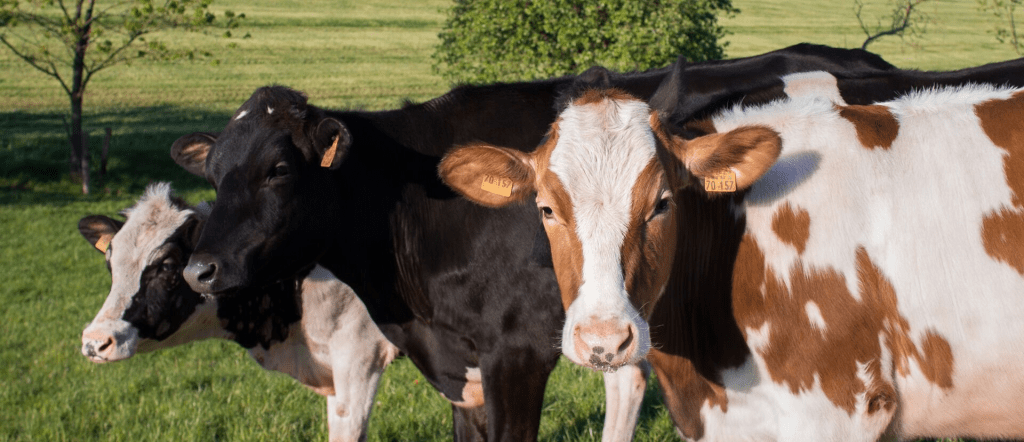

Abortion
Cow abortion is fetal death and expulsion occurring between day 45 and day 265 of pregnancy.
An abortion rate of 3-5% per year is often considered normal1, so a single abortion is no great cause for alarm.
Non-infectious Cow Abortion Causes
- Genetics
- Environment: heat stress
- Severe trauma
- Nutrition:
- Phytotoxins:
- Ponderosa pine needles
- Locoweed (Oxytropis or Astragalus sp)
- Taxus
- Autumn crocus
- Hemlock
- Golden rain
- Broom snakeweed (Guttierrezia microcephala)
- Moldy sweet clover
- Mycotoxins (typically sporadic and occur from four months to term)
- Iatrogenic: administration of abortifacient drugs
- Phytotoxins:
Infectious Cow Abortion Causes
- Any infection with severe symptoms/high fever
- Neosporosis
- BVD
- IBR
- Leptospirosis
- Brucellosis
- Chlamydiosis
- Mycotic abortion
- Trueperella pyogenes
- Trichomoniasis
- Campylobacteriosis
- Listeriosis
- Ureapharma diverstum infection
- Bluetongue
- Other causes

Producers and vets only diagnose 20-30% of cases, as numerous factors complicate diagnosis. Abortion is often the result of events that occur in the previous weeks and months, and the cause is often undetectable by the time of abortion. The fetus is often retained in utero for hours to days after death, resulting in autolysis, which hides lesions. Fetal membranes are also often unavailable.
Improper or inadequate specimen selection and handling complicate the diagnosis, and many diagnostic laboratories are not equipped or staffed to deal with these causes of cow abortion.
Samples for Diagnosis
Samples should include a fresh and complete fetoplacental unit and a sample of maternal serum. The placenta and fetus should be cleaned with water or saline and chilled. It is often more convenient to perform the post mortem examination on the farm and collect only selected organ/tissue samples for further laboratory examination.
Samples submitted to the lab include these organs or sections of them:
- Stomach or abomasal contents
- Heart blood or fluid from a body cavity
- Lung
- Liver
- Kidney
- Spleen
- Brain (especially in case of neosporosis suspicion)
- Skeletal muscle
- Placenta
Depending on the abortion cause, cows have to be treated according to the herd treatment plan.
- Proper hygienic and biosecurity measures in the cow’s environment and feed storage
- Isolating aborting cows and immediately removing aborted materials
- Systematically evaluating feed for mycotoxins and other phytotoxins
- Immunizing adequately against infectious diseases that cause abortion
- Maintaining adequate breeding and treatment records to avoid insemination of pregnant cows and administration of drugs that may cause abortion to pregnant cows
- Hovingh, E. 2009. Abortions in Dairy Cattle – I: Common Causes of Abortions.College of Agriculture and Life Sciences, Virginia Polytechnic Institute and State University, 2009. Virginia Tech. Publication 404-288.

